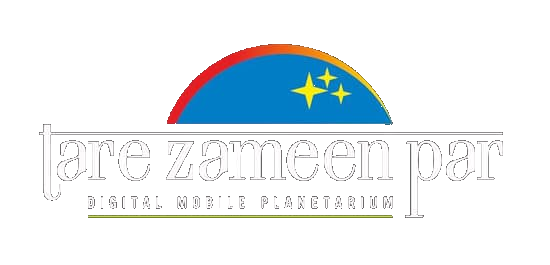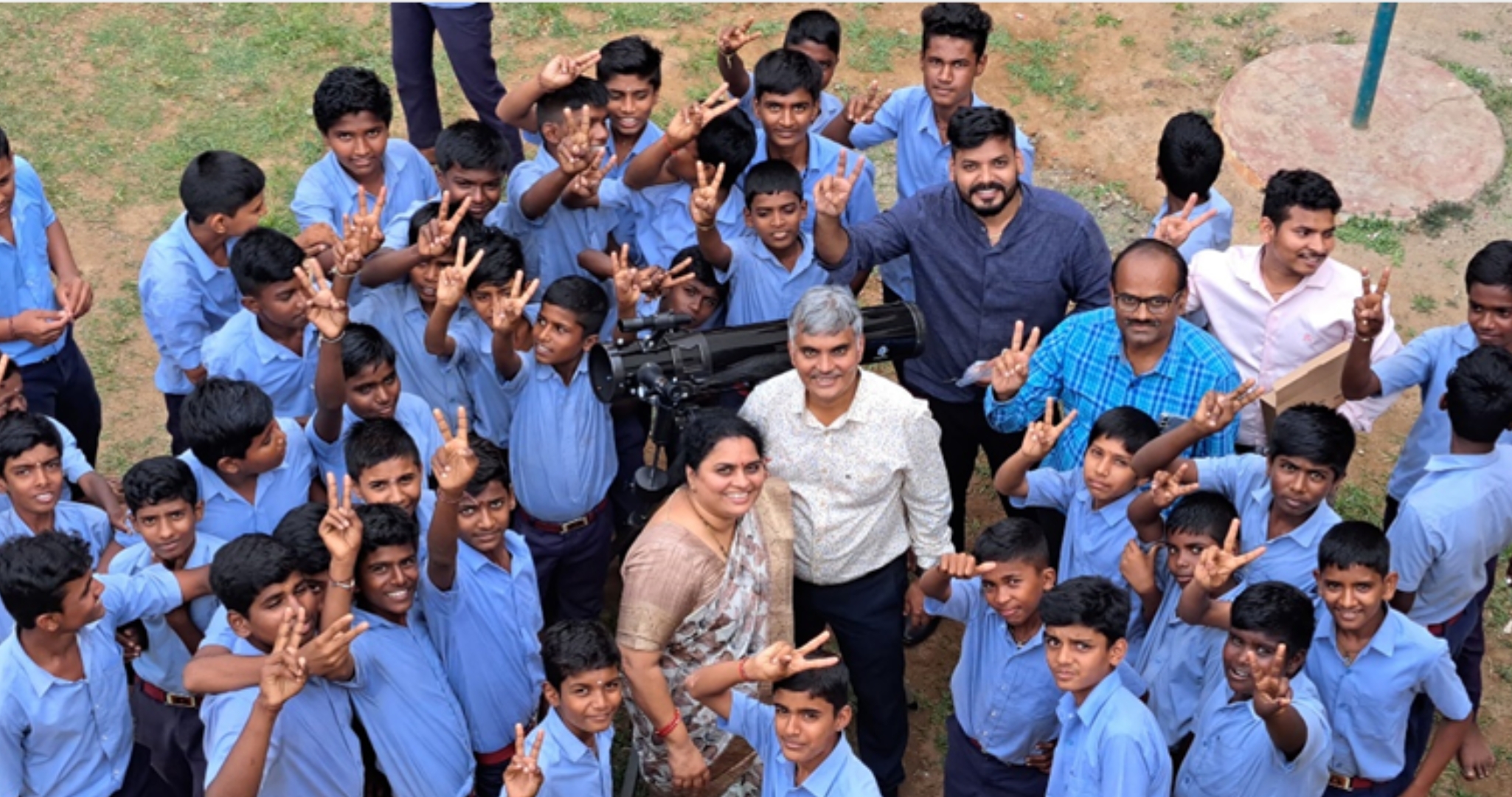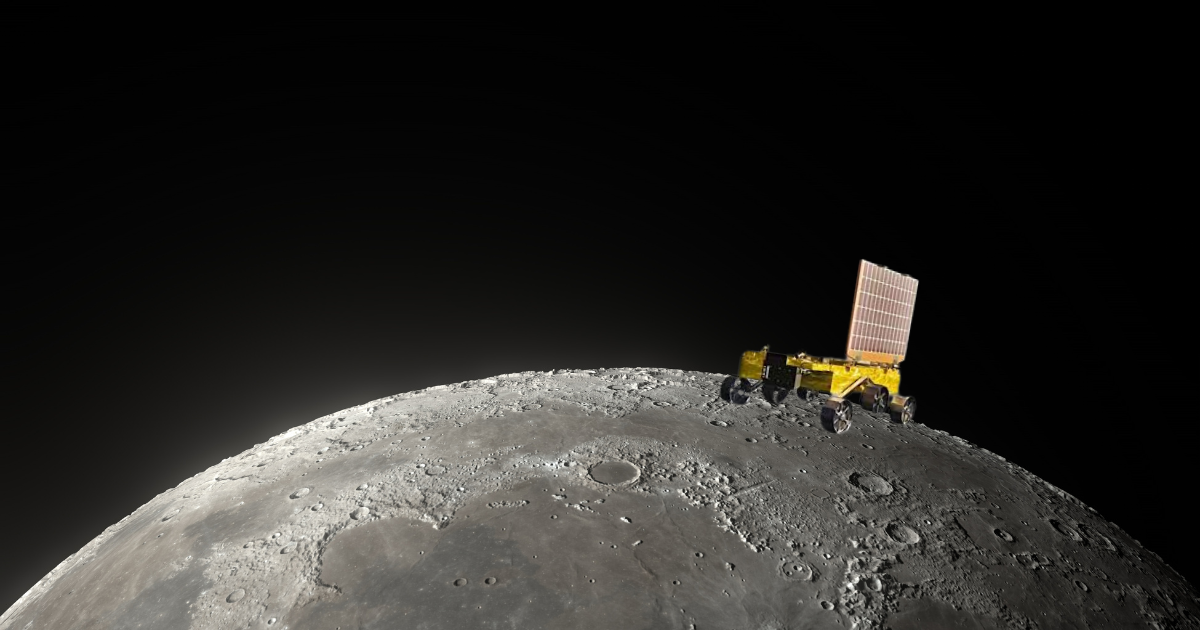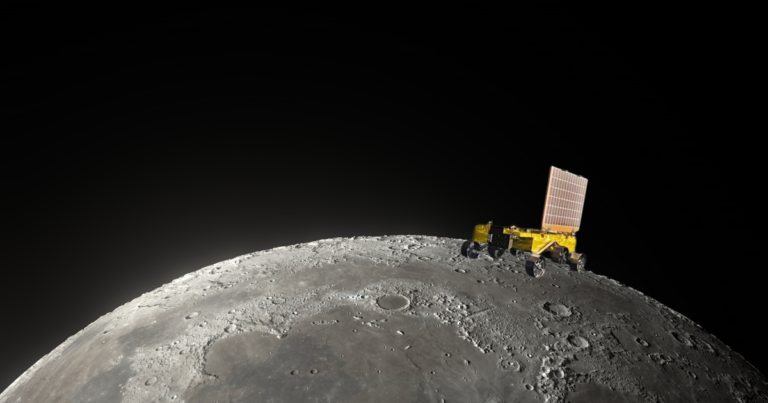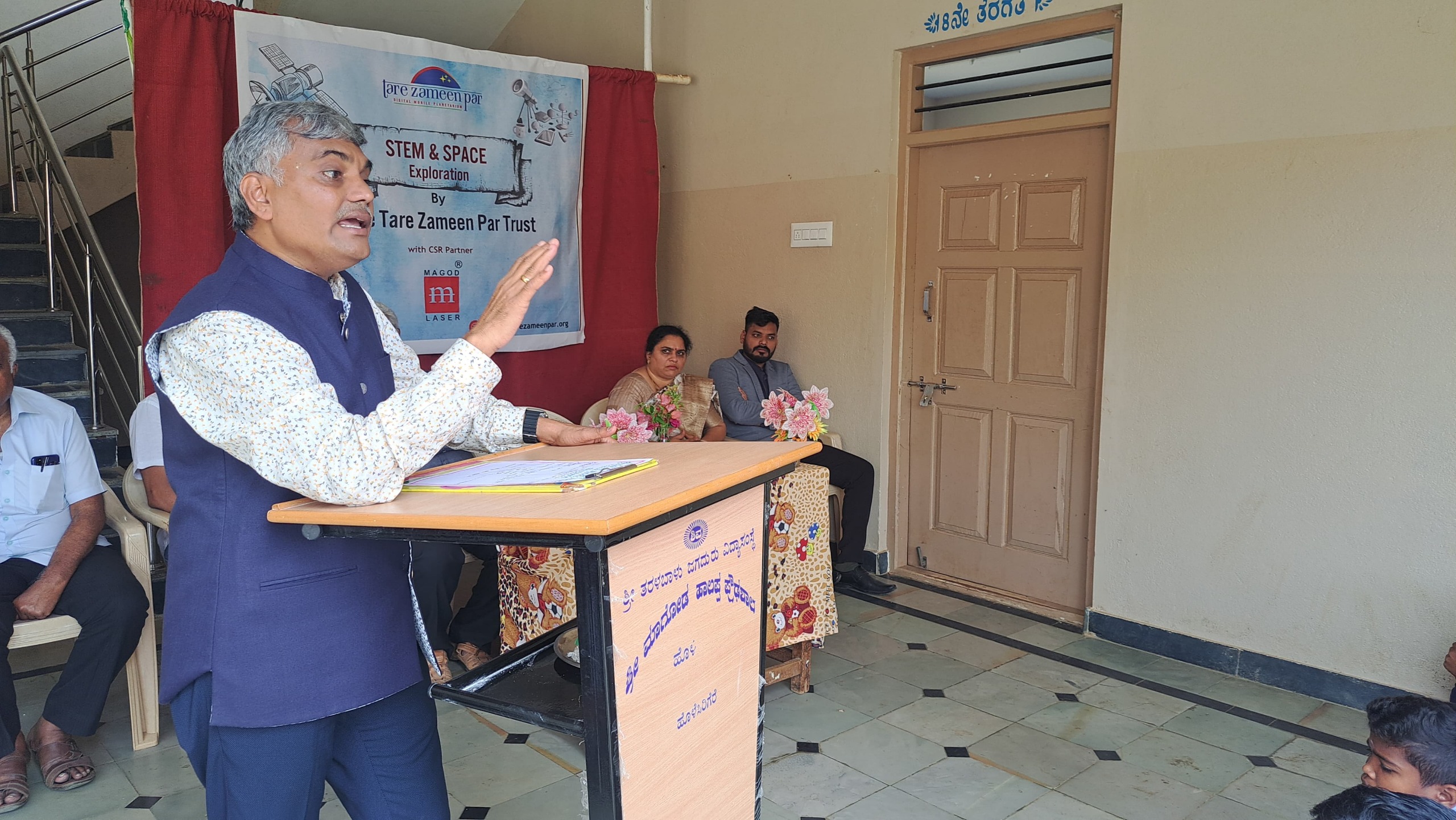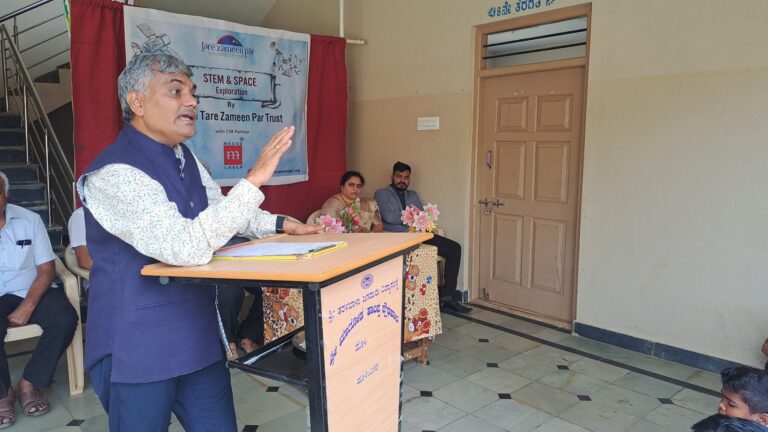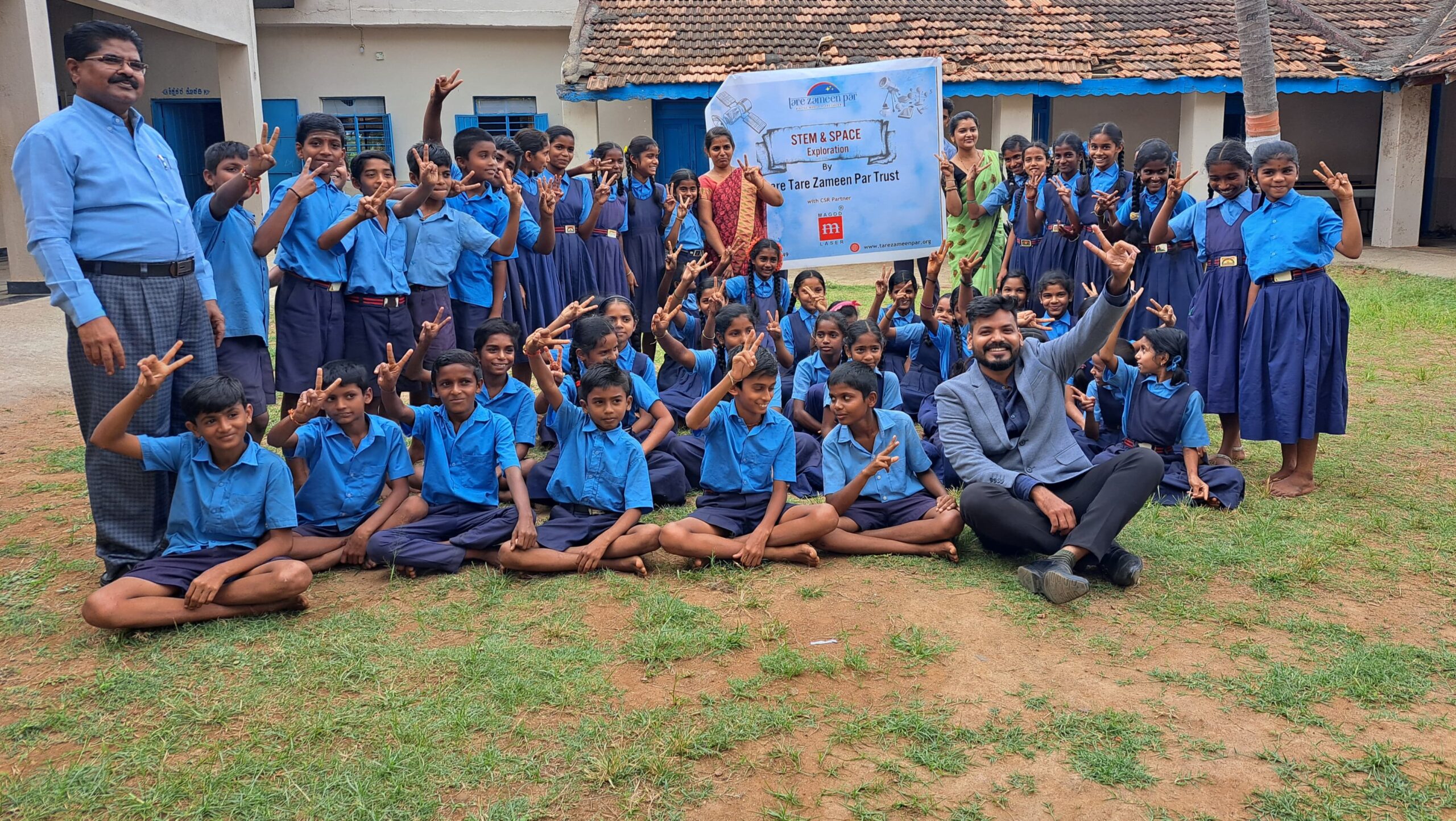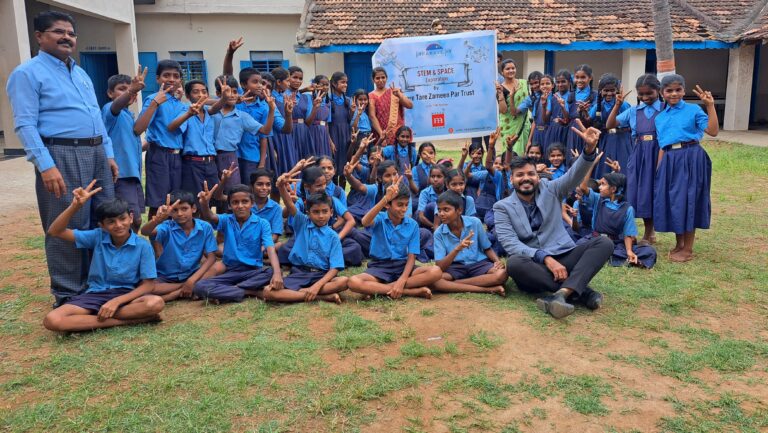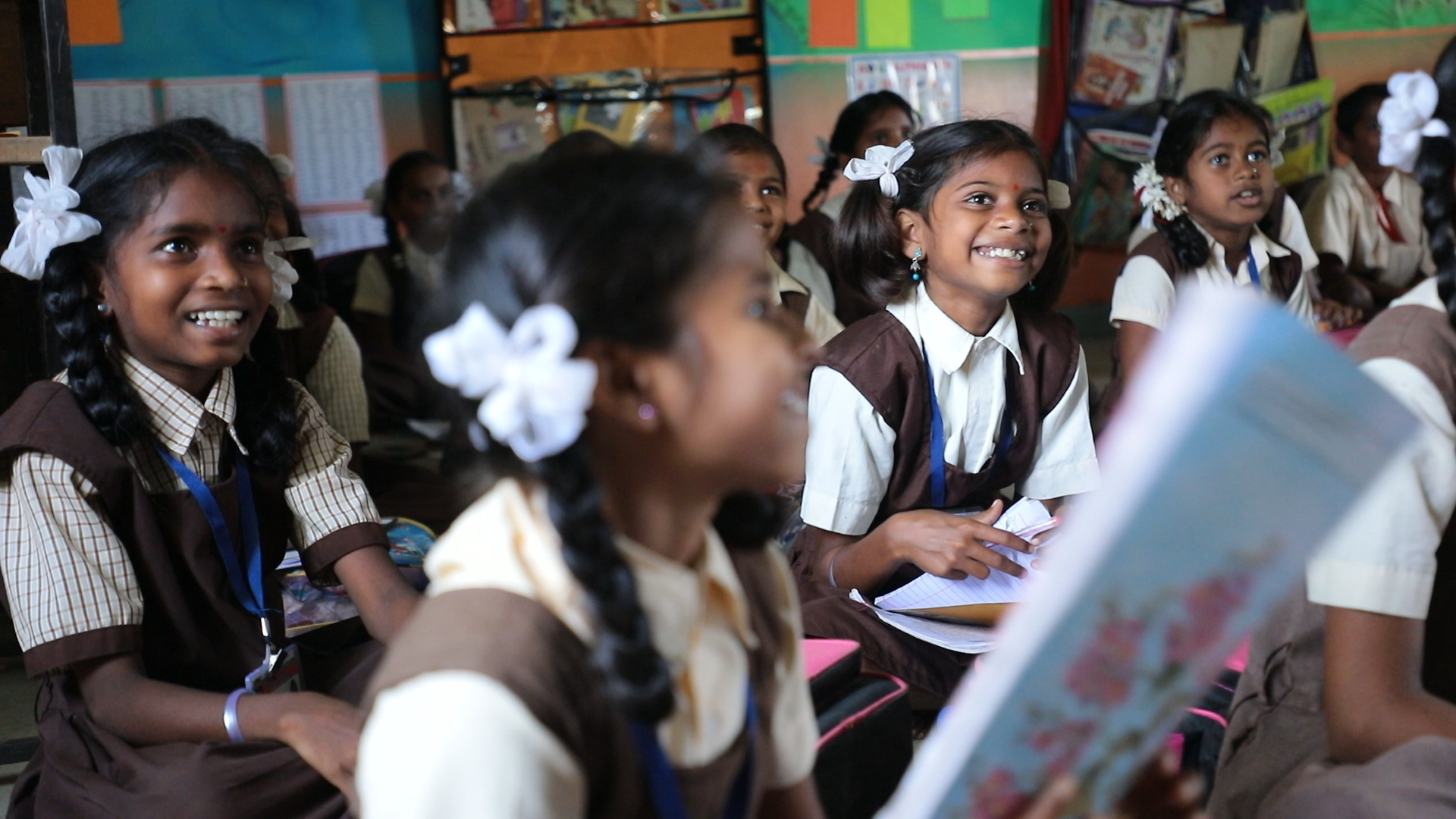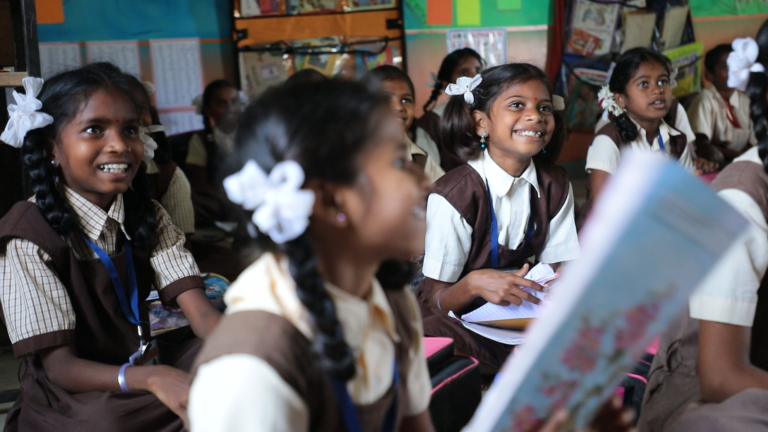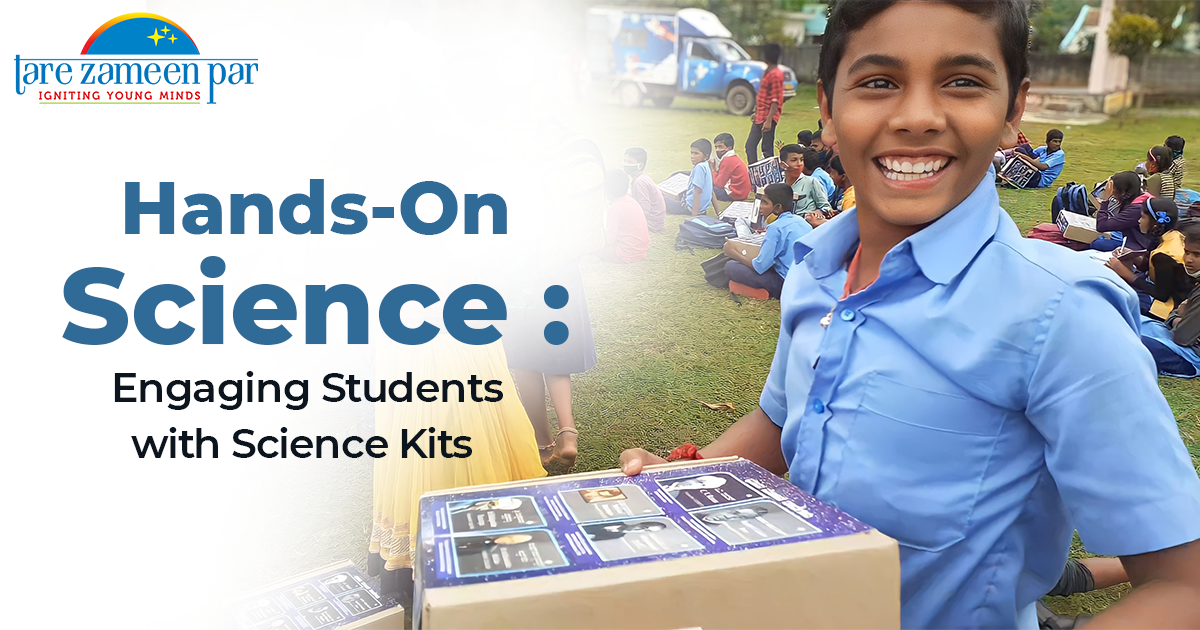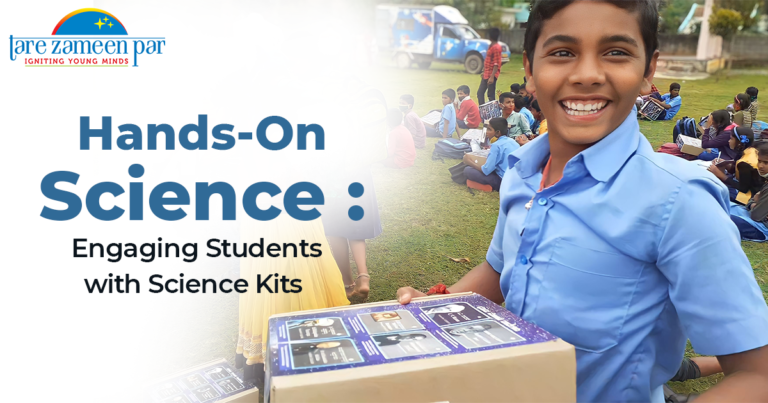Immersive Learning-Transformation of Modern Education with VR and AR
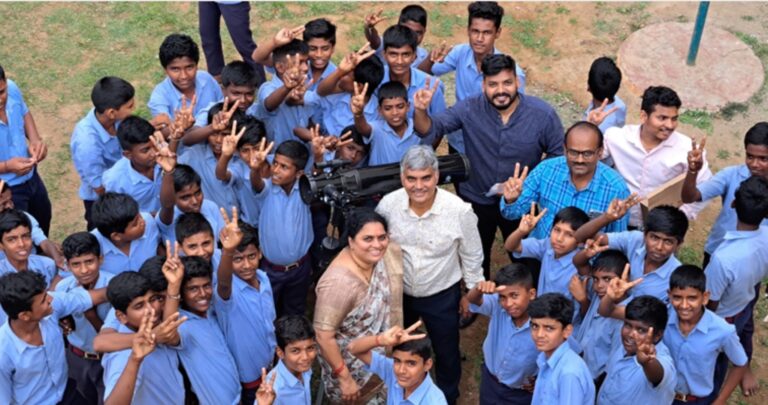
Immersive learning is changing the way modern education is designed in order to make learning interactive, experiential, and practical through the use of Virtual Reality (VR) and Augmented Reality (AR). These technologies place virtual lifelike worlds at students’ fingertips and make complex subjects accessible. In Tare Zameen Par (TZP), immersive learning forms the base of our mobile planetarium initiatives, bringing the cosmos right into the palms of students’ hands with the help of VR.
What is Immersive Learning?
Immersive learning is the way of teaching which creates incredible, interactive environments for the students. Using VR in schools and AR in schools, students can visualize abstract ideas, and experience things that could not be accomplished through traditional learning methods.
How Immersive Learning Works at Tare Zameen Par
We take students on space travel to its depths through VR planetarium shows at TZP. Through virtual learning environments, the students come out with a practical understanding of astronomy connected to something better.
Benefits of Immersive Learning
High Retention with Active Participation : Immersive learning involves students retaining much information because they are likely to interact more with the material. This pushes the retention rates upward and strengthens active participation.
High Engagement : Immersive learning keeps the student much more attentive and interested, particularly in STEM education, where abstract concepts are made understandable.
Role of Technology in Immersive Education
VR, AR, and Artificial Intelligence (AI) are some of the key emerging trends in immersive technology in education. At TZP, we use VR tech to take students on virtual tours of space while AR overlays classroom experiences with 3D models of space. These make learning more vibrant and accessible.
Real-World Examples from Tare Zameen Par
Our VR planetarium shows at TZP enable students to :
Embark on planetary surface expeditions
Witness how stars and stars are born and kill themselves
Experience traveling through asteroid belts
These experiences give hands-on knowledge of astronomy and allow the students to visualize the processes that textbooks can only describe.
Effect of Immersive Learning on Students
Immersive learning has very deep effects on the students by
Enhancing Student Performance : Students who take part in immersive environments perform better in subjects like astronomy than the traditional learning approach.
Developing Interest in STEM Fields : This experience will enable the students to understand deep concepts leading them to submerge in fields of science and technology.
Conclusion
Immersive learning is not just a passing trend; it is indeed the future of education. Tare Zameen Par is setting standards and pacing the country in adopting VR and AR into our planetarium programs, offering students an experience to change them. But, as immersive technologies keep developing, they will have more significance in defining the future of education.
